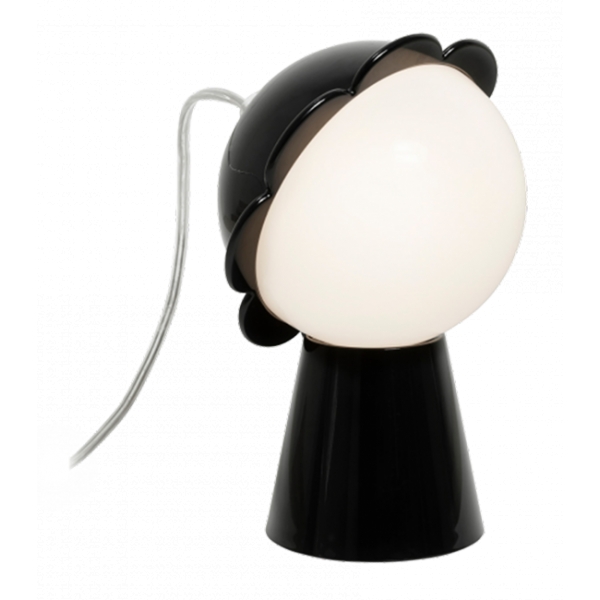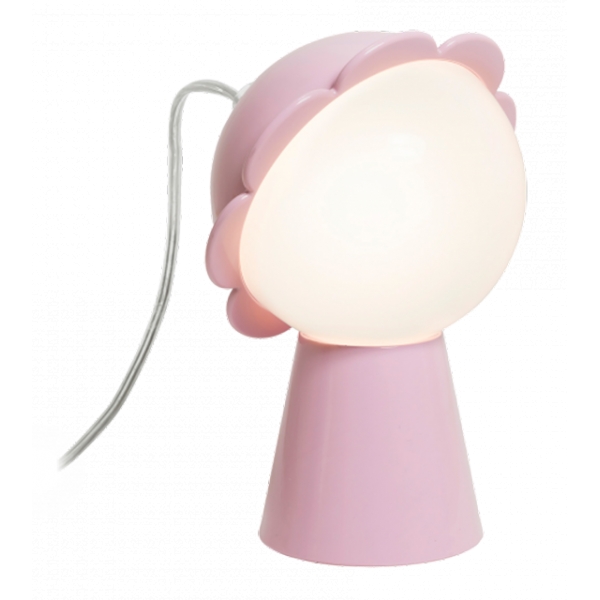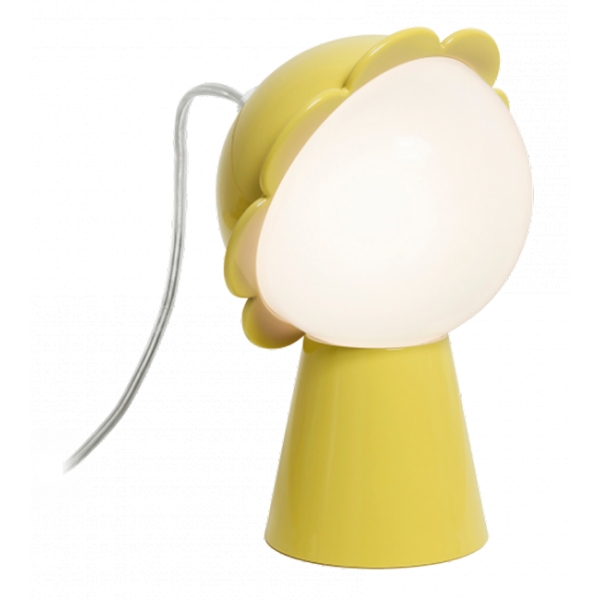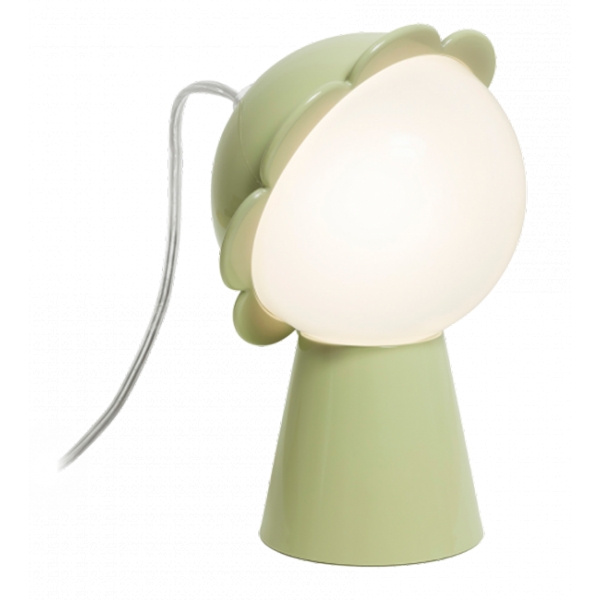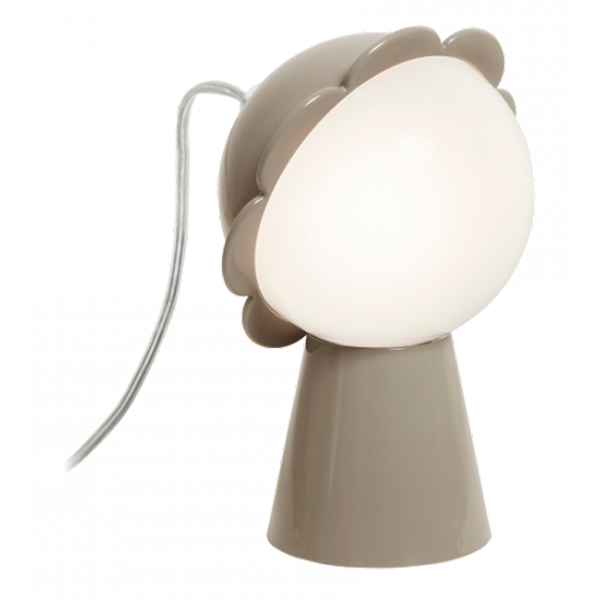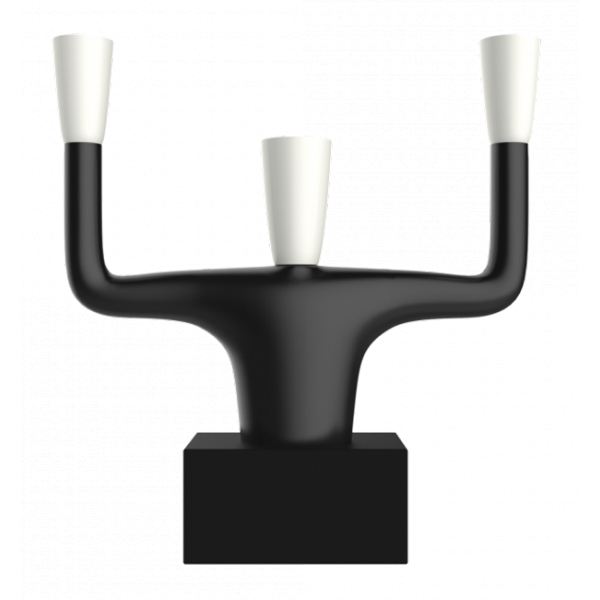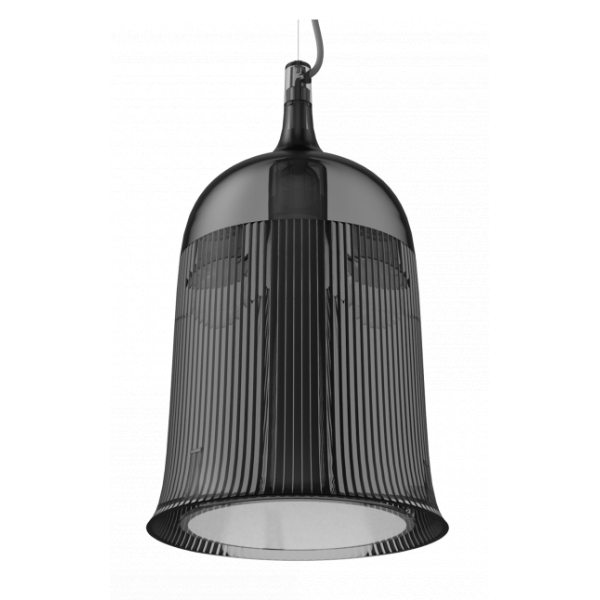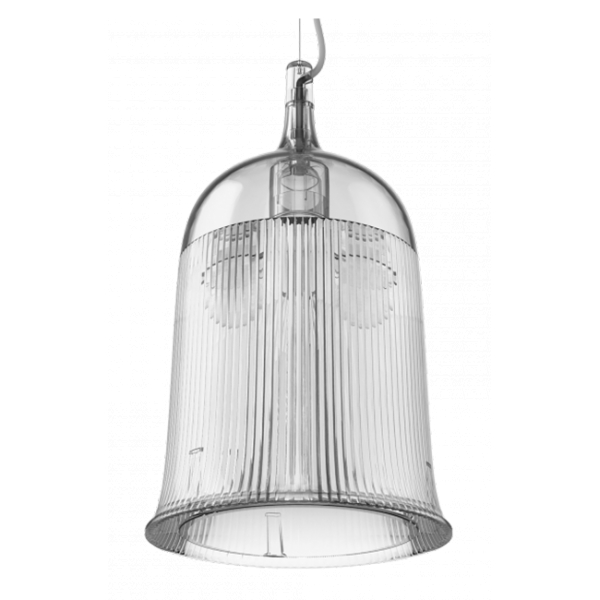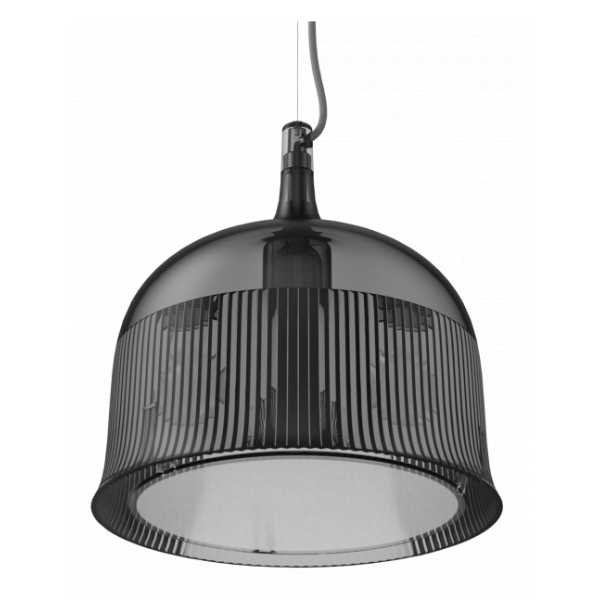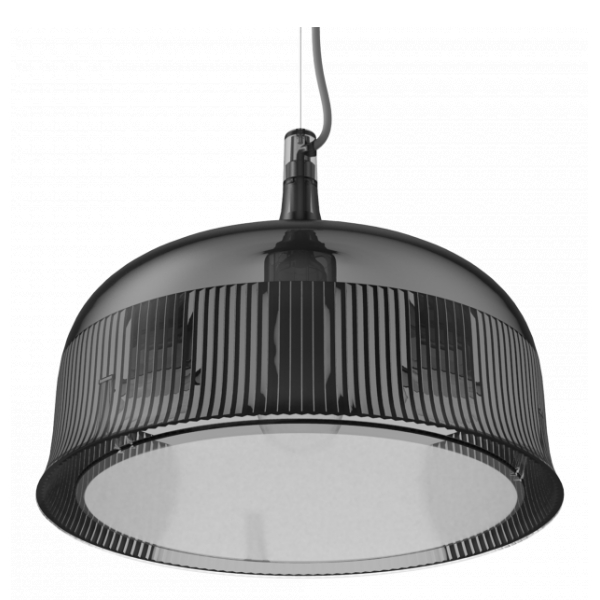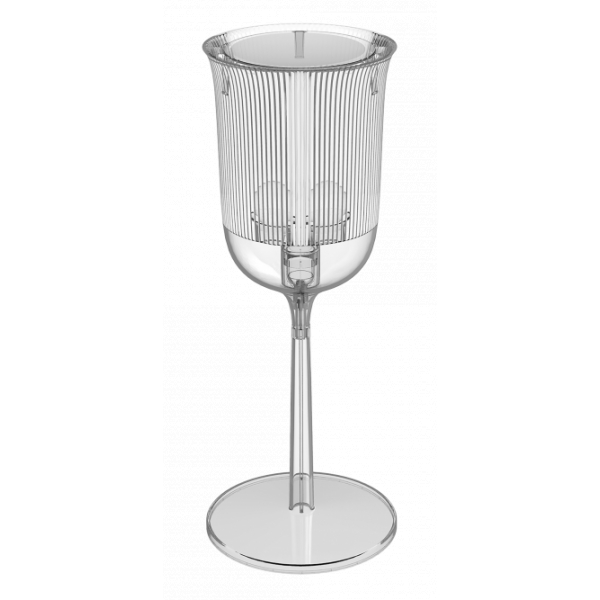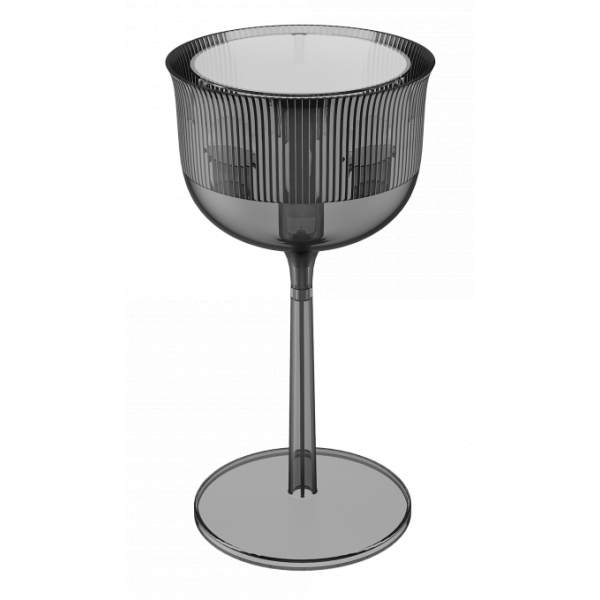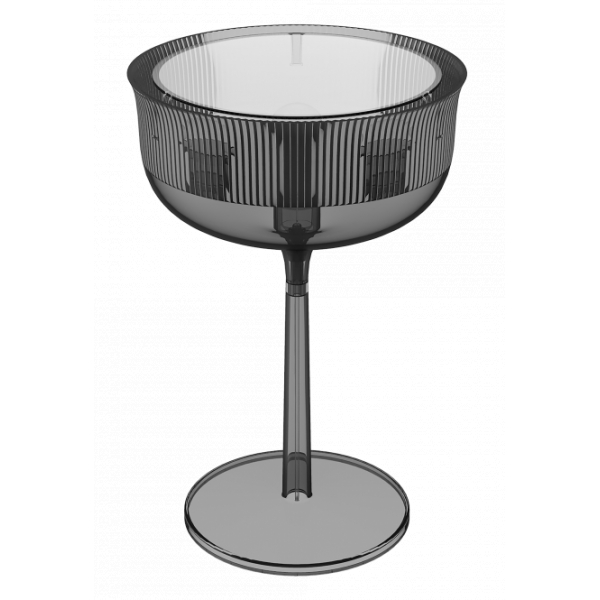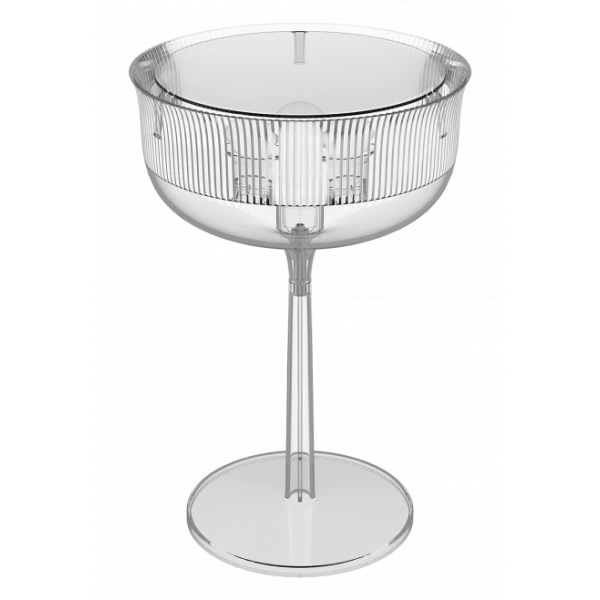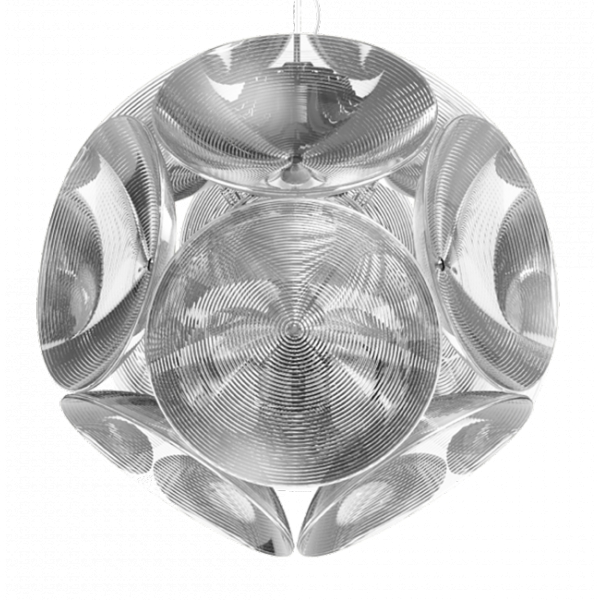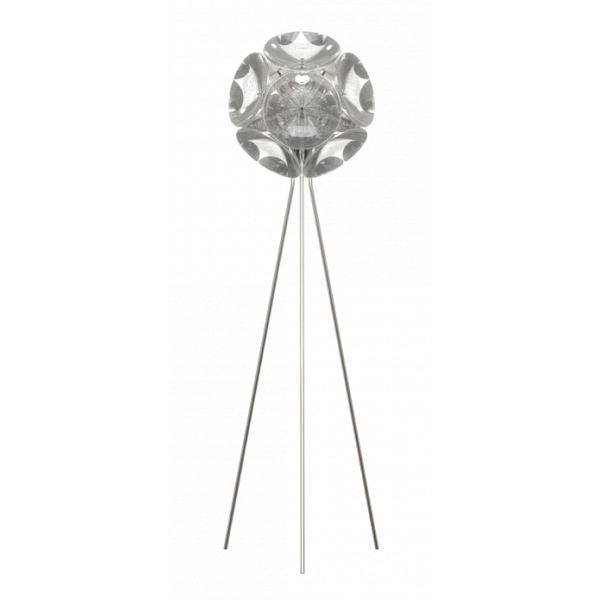No products
Refine
Extra
Lighting & Lamps
-
Qeeboo - Daisy - Black - Qeeboo Lamp by Nika Zupanc - Lighting - Home
Inspired by the gesture that we all made sooner or later in life, the "Loves me, loves me not", Daisy Lamp depicts a daisy that does not lose its emblematic romanticism. Delicate but effective, compact but light, the small Daisy table lamp can be used to enhance every room in the house, from the living area to the sleeping area. Black.
60,00 € -
Qeeboo - Daisy - Red - Qeeboo Lamp by Nika Zupanc - Lighting - Home
Inspired by the gesture that we all made sooner or later in life, the "Loves me, loves me not", Daisy Lamp depicts a daisy that does not lose its emblematic romanticism. Delicate but effective, compact but light, the small Daisy table lamp can be used to enhance every room in the house, from the living area to the sleeping area. Red.
60,00 € -
Qeeboo - Daisy - Pink - Qeeboo Lamp by Nika Zupanc - Lighting - Home
Inspired by the gesture that we all made sooner or later in life, the "Loves me, loves me not", Daisy Lamp depicts a daisy that does not lose its emblematic romanticism. Delicate but effective, compact but light, the small Daisy table lamp can be used to enhance every room in the house, from the living area to the sleeping area. Pink.
60,00 € -
Qeeboo - Daisy - Yellow - Qeeboo Lamp by Nika Zupanc - Lighting - Home
Inspired by the gesture that we all made sooner or later in life, the "Loves me, loves me not", Daisy Lamp depicts a daisy that does not lose its emblematic romanticism. Delicate but effective, compact but light, the small Daisy table lamp can be used to enhance every room in the house, from the living area to the sleeping area. Yellow.
60,00 € -
Qeeboo - Daisy - Balsam Green - Qeeboo Lamp by Nika Zupanc - Lighting - Home
Inspired by the gesture that we all made sooner or later in life, the "Loves me, loves me not", Daisy Lamp depicts a daisy that does not lose its emblematic romanticism. Delicate but effective, compact but light, the small Daisy table lamp can be used to enhance every room in the house, from the living area to the sleeping area. Balsam Green.
60,00 € -
Qeeboo - Daisy - Grey - Qeeboo Lamp by Nika Zupanc - Lighting - Home
Inspired by the gesture that we all made sooner or later in life, the "Loves me, loves me not", Daisy Lamp depicts a daisy that does not lose its emblematic romanticism. Delicate but effective, compact but light, the small Daisy table lamp can be used to enhance every room in the house, from the living area to the sleeping area. Grey.
60,00 € -
Qeeboo - Guru - Black - Qeeboo Lamp by Andrea Branzi - Lighting - Home
A three-armed lamp with an anthropomorphic structure, a memory of the ancient chandeliers. Andrea Branzi reverses the concept of the collection as a unique technical and decorative theme, declined in several elements: his objects for Qeeboo travel in different directions, both for their identity as for construction technique, rotational or by injection,...
240,00 € -
Qeeboo - Goblets Ceiling Lamp Small - Smoke - Qeeboo Lamp by Stefano...
The classic crystal glass is taken out of scale to become a table lamp in three different formats that refer respectively to a flute, a cup, and a champagne glass. The same glasses, by inverting their position and applying an element to the upper part, become suspension lamps. Smoke.
199,00 € -
Qeeboo - Goblets Ceiling Lamp Small - Transparent - Qeeboo Lamp by Stefano...
The classic crystal glass is taken out of scale to become a table lamp in three different formats that refer respectively to a flute, a cup, and a champagne glass. The same glasses, by inverting their position and applying an element to the upper part, become suspension lamps. Transparent.
199,00 € -
Qeeboo - Goblets Ceiling Lamp Medium - Smoke - Qeeboo Lamp by Stefano...
The classic crystal glass, taken out from its original scale, becomes a table lamp in three different shapes similar to a champagne flute, a goblet and a chalice. The same glasses, in a reversed position and with an element fixed on its top, become ceiling lamps. Smoke.
199,00 € -
Qeeboo - Goblets Ceiling Lamp Medium - Transparent - Qeeboo Lamp by Stefano...
The classic crystal glass, taken out from its original scale, becomes a table lamp in three different shapes similar to a champagne flute, a goblet and a chalice. The same glasses, in a reversed position and with an element fixed on its top, become ceiling lamps. Transparent.
199,00 € -
Qeeboo - Goblets Ceiling Lamp Wide - Smoke - Qeeboo Lamp by Stefano...
The classic crystal glass, taken out from its original scale, becomes a table lamp in three different shapes similar to a champagne flute, a goblet and a chalice. The same glasses, in a reversed position and with an element fixed on its top, become ceiling lamps. Smoke.
199,00 € -
Qeeboo - Goblets Ceiling Lamp Wide - Transparent - Qeeboo Lamp by Stefano...
The classic crystal glass, taken out from its original scale, becomes a table lamp in three different shapes similar to a champagne flute, a goblet and a chalice. The same glasses, in a reversed position and with an element fixed on its top, become ceiling lamps. Transparent.
199,00 € -
Qeeboo - Goblets Table Lamp Small - Smoke - Qeeboo Lamp by Stefano Giovannoni...
The classic crystal glass, taken out from its original scale, becomes a table lamp in three different shapes similar to a champagne flute, a goblet and a chalice. The same glasses, in a reversed position and with an element fixed on its top, become ceiling lamps. Smoke.
199,00 € -
Qeeboo - Goblets Table Lamp Small - Transparent - Qeeboo Lamp by Stefano...
The classic crystal glass, taken out from its original scale, becomes a table lamp in three different shapes similar to a champagne flute, a goblet and a chalice. The same glasses, in a reversed position and with an element fixed on its top, become ceiling lamps. Transparent.
199,00 € -
Qeeboo - Goblets Table Lamp Medium - Smoke - Qeeboo Lamp by Stefano...
The classic crystal glass, taken out from its original scale, becomes a table lamp in three different shapes similar to a champagne flute, a goblet and a chalice. The same glasses, in a reversed position and with an element fixed on its top, become ceiling lamps. Smoke.
199,00 € -
Qeeboo - Goblets Table Lamp Medium - Transparent - Qeeboo Lamp by Stefano...
The classic crystal glass, taken out from its original scale, becomes a table lamp in three different shapes similar to a champagne flute, a goblet and a chalice. The same glasses, in a reversed position and with an element fixed on its top, become ceiling lamps. Transparent.
199,00 € -
Qeeboo - Goblets Table Lamp Wide - Smoke - Qeeboo Lamp by Stefano Giovannoni...
The classic crystal glass, taken out from its original scale, becomes a table lamp in three different shapes similar to a champagne flute, a goblet and a chalice. The same glasses, in a reversed position and with an element fixed on its top, become ceiling lamps. Smoke.
199,00 € -
Qeeboo - Goblets Table Lamp Wide - Transparent - Qeeboo Lamp by Stefano...
The classic crystal glass, taken out from its original scale, becomes a table lamp in three different shapes similar to a champagne flute, a goblet and a chalice. The same glasses, in a reversed position and with an element fixed on its top, become ceiling lamps. Transparent.
199,00 € -
Qeeboo - Pitagora Ceiling Lamp - Transparent - Qeeboo Lamp by Richard Hutten...
In mathematics, there are only five regular forms with the same face. For the "Pythagoras" series of lamps, named after the famous Greek mathematician, Hutten used these regular shapes like the cube and the triangular pyramid to create this family of iconic lamps.
320,00 € -
Qeeboo - Pitagora Free Standing Lamp On/Off - Transparent - Qeeboo Lamp by...
In mathematics there are only 5 regular shapes with an equal face, such as the cube and the triangular pyramid. For the Pitagora series of lamps, named after the famous greek mathematician Pitagora, Hutten used these regular shapes to create the iconic Pitagora family of light.
490,00 €




